|
On a recent trip to Sicily, I had the opportunity to explore the wine regions in the Southeastern part of the island, including a special visit to Vittoria. I had not yet been to this area of Sicily and was bursting with curiosity. So, thanks to the gracious invitation of Assovini Sicilia, I happily returned to this magical island. And, as always, my love affair with Sicily continues to grow with each visit! Assovini Sicilia, founded in 1998, is an association of Sicilian winemakers. Their common objective is to promote the quality of Sicilian wine worldwide, giving voice to wine producers, promoting the region, maintaining high-quality viticulture, product quality, ethics, sustainability, and making a more pronounced impression in the marketplace. Currently, 90 wineries throughout Sicily form the association. I could write a book about this trip, with in-depth histories and anecdotes about each of the eight wineries visited as we made our way south to Siracusa, Noto, and Vittoria. However, today my article focuses on Vittoria, explaining why this is such a special part of Sicily and introducing a few of its wineries. Vittoria is a town and commune located in the province of Ragusa in southeastern Sicily. It is an idyllic region with ample sun exposure and beautiful marine breezes emanating from the Mediterranean sea to the south. It is surrounded by the stunning mountains of Erei to the north, the Iblei mountains to the east, and the hills of Caltanissetta province to the west. It is truly mother nature showing off! One can find a variety of breathtaking landscapes, historical and archeological sites, and several UNESCO World Heritage sites. Documentation shows that around the third century BC, an official deed showed the sale of a wine vineyard of one hectare proving evidence of viticulture in the Ragusa region. According to Consortia di Tutela Vino Cerasuolo di Vittoria DOCG, created in 2001, “Vittoria Colonna Henriquez, the woman that founded the city of Vittoria in 1607, promoted wine production granting privileges to wine growers. To celebrate the foundation, in 1607 she gifted 75 settlers a hectare of land if they would cultivate grapes, so favoring the quick enlargement of the vineyard in different sections of the region until the wine production, enhanced by the natural fertility of the soil, became a relevant fact in the whole area.” Documentation also shows that the province of Victoria prospered from the wine trade that began in the 12th century with the exportation of wine on sailing ships from Scoglitti, Vittoria’s trading port, to various parts of Europe. With a variety of fertile soils and microclimate conditions, the stage is set for the vines to prosper. Soils are mostly clay and limestone, with more sandy-loamy soil in the lower-lying vineyards closer to the coast. The vineyards enjoy a Mediterranean climate with cooling sea breezes during the summer and a large diurnal temperature range that helps to promote greater acidity and aromas in the grapes. Vittoria is not only an oasis for viticulture but also for farming produce such as tomatoes, oranges, onions, artichokes, and peppers. Stately olive, almond, and Carrubbo trees can be seen everywhere. Cerasuolo di Vittoria DOCG In addition to the territory’s sweeping history, unique viticulture, and wine production, Vittoria is also home to Cerasuolo di Vittoria DOCG and Cerasuolo di Vittoria Classico DOCG, the first and only wines with DOCG status in Sicily, established in 2005. Cerasuolo di Vittoria DOCG is the pride of the grape growers, winemakers, and bottlers that accomplished the prestigious Protected and Guaranteed Denomination of Origin for the Cerasuolo di Vittoria and Cerasuolo di Vittoria Classico wines. Cerasuolo di Vittoria DOCG is considered one of the most notable wines produced in Sicily. Cerasuolo means ‘cherry-colored’ in Italian, and the wine is known for its cherry red to violet color with floral and fruity aromas. Only the indigenous grapes of Nero d’Avola and Frappato are allowed in the blend. Frappato is one of the most ancient Sicilian grape varieties that is believed to have had its origins in the Ragusa province around 300 years ago. Frappato is light-bodied with low tannins and flavors of cherries and strawberries. Nero d’Avola is considered the “king” of Sicilian red grape varieties that has weight and is full-bodied along with a rich texture and dark red fruit flavors. Together, they complement and bring out the best in each other. The Cerasuolo di Vittoria DOCG tends to be lighter and fresher, and the Classico DOCG is more structured and has more richness. These wines run the gamut from elegant and fresh to alluring minerality and heady perfume while consistently exhibiting focused fruit and varying degrees of richness. Production Areas and Regulations Cerasuolo di Vittoria DOCG production is allowed in nine designated municipalities spread out among three provinces. The blend must be 50-70% Nero d”Avola, and 30-50% Frappato Minimum aging is eight months following harvest. Cerasuolo di Vittoria Classico DOCG production is only allowed in three municipalities, all of which are in Ragusa province and only in the historic Classico production area. Minimum aging is 18 months following harvest. Below is a brief introduction to four wineries and a few tasting notes of Frappato DOC and Cerasuolo Vittoria DOCG from a selection of many expressive wines sampled at each winery. Terre di Giurfo Achille Alessi is owner of Terre di Giurfo and also president of Consortia di Tutela Vino Cerasuolo di Vittoria DOCG. Terre di Giurfo has been in the family since 1872. They have 90 hectares of beautiful ancient land along the Drillo River valley bordering the town of Licodia Eubea and the Iblean Province. Giurfo practices organic farming, which they began ten years ago. Achille said, “70% of Cerasuolo producers are organic. Terre di Giurfo has always used experience and technology to create high-quality agricultural products, especially wine and oil, but always remaining closely linked to the territory’s characteristics.” The vineyards and olive groves are tended with careful cultivation and observation to ensure genuine and quality wine and oil, which are rich in fragrances and flavors typical of the area. In 2003 the cellar was equipped with innovative winemaking and bottling systems. Achille said they only produce wine from grapes they grow. Belsito Vittoria DOC Frappato 2019 This 100% Frappato is aged in stainless steel and is lush with cherry, red berries, and floral aromas. The palate offers juicy notes of cherry, strawberry, raspberry, balanced acidity, and a hint of spice on the finish. Maskarìa Cerasuolo di Vittoria DOCG 2017 The blend for this wine is 60% Nero d’Avola and 40% Frappato. It is aged in stainless steel tanks with time in the bottle as required by regulations. Beautiful aromas of blackberry, raspberry, and a hint of herbs and spices give way to soft tannins, gentle acidity, freshness, and dark cherry, with red and dark berries lingering on the finish. Valle dell’Acate Valle Dell’Acate is located in the heart of the historic Vittoria Classico region in the Biddini Soprana e Sottana district near Acate. Founded by Giuseppe Jacono at the end of the 19th century, the Jacono family has been active in vine growing and winemaking ever since Vittoria became Sicily’s epicenter for exporting wine to France during the 1800s. Today the company is run by the dynamic Gaetana Jacono, part of the family’s sixth generation of winemakers. The old winery restored to conserve and honor Sicilian culture and traditions, and the new winery are surrounded by 70 hectares of vineyards (certified as biological) with breathtaking views. One can feel the deep history and roots here. There are seven different soils on the estate. And as Gaetana explained, “Each soil differs in color and consistency, contributing varied characteristics to the wines. So, each soil is carefully selected to help characterize the individual grapevine. For example, for the 100% Frappato, the vines are grown in black soil, with white pebbles in the middle, contributing decent acidity and complex perfumes to the wine. I think it’s magic soil! The Frappato used in the Cerasuolo DOCG comes from vineyards with clear red soil. “We need a different Frappato with more structure for the Cerasuolo. Below is a slideshow of the different types of soil.Il Frappato Vittoria Frappato DOC 2021 This 100% Frappato is aged for six months in steel vats and then aged for a minimum of three months in bottle. Fragrant aromas of red fruit, raspberries, floral, and herbs segue onto the palate with mild tannins and freshness. Cerasuolo di Vittoria DOCG Classico 2019 The grapevines planted in dark red soil produce Nero d’Avola, while the vines planted in clear red soil produce Frappato. The blend is 60% Nero d’Avola and 40% Frappato. The wine is aged 12 months in barrels and tonneaux and then bottle-aged for a minimum of nine months. It has aromas of red and dark fruit, berries, spice, floral, and herbs. The palate offers smooth tannins with notes of minerality, nice acidity, cherry, vanilla, and strawberry lingering on the finish. Iri da Iri Cerasuolo di Vittoria DOCG Classico Cru 2013 One of Gaetana’s dreams is to produce a long-aging Cerasuolo. So, with Carlo Casavecchia, the winemaker, she is making this dream come true. “Finally, after five years of aging in the cellars, we have presented the first vintage of Iri da Iri, the Cerasuolo di Vittoria Cru DOCG, the expression of one sole vineyard, a wine from the Biddine Soprano high plateau. A bottle which confirms our convictions, mine and from the hands of Casavecchia, an offering which demonstrates that Cerasuolo can give a wine of lengthy aging.” The blend for this wine is 60% Nero d’Avola and 40% Frappato aged together in large oak casks for 36 months and then a minimum of 18 months in bottle. It is a complex wine with powerful aromas, including cherries, red fruit, and baking spice. The palate is rich with a velvety mouthfeel, ripe fruit, spice, vanilla, and dark chocolate lingering on a long finish. Feudo Santa Tresa and Azienda Agricola Cortese "Two wineries, but the same heart." Siblings Stefano and Marina Girelli, entrepreneurs from Trentino, own both wineries and vineyards that are within walking distance (8 kilometers) from each other. Feudo Santa Tresa was purchased in 2001, a 50-hectare estate, followed by the purchase of Cortese in 2016, a 14-hectare estate. Although the estates are next door to each other, they each have their distinct microclimate and soils. Both estates use organic and biodiversity management. “In Vittoria, organic isn’t a choice, but a way of life. Our work is not limited simply to following the rules laid down for organic cultivation; it has become our philosophy, our raison d’être, and our way of life.” Cortese Sabuci Cerasuolo di Vittoria Classico DOCG 2017 Sabuci is the hamlet’s name in the Classico historical area where Cortese has been situated since 1930. The blend for this wine is about 70% Nero d’Avola and 30% Frappato. The Nero d’Avola is fermented in open-top barriques, and the Frappato is fermented in terracotta amphorae and remains in contact with the skins for up to 12 months. After blending, the wine is aged for six months, then another three months in bottle. Aromas of cherry, dark berries, baking spice, and cocoa segue onto the palate with hints of toffee. It is well-structured and elegant. Santa Tresa Cerasuolo di Vittoria DOCG 2020 The blend for this wine is 60% Nero d’Avola and 40% Frappato. 15% of the Nero d’Avola is lightly dried on the vine using the Appassimento method. After blending, the wine is aged in oak for about 12 months. Aromas of dark cherries, violets, and raspberry lead to a palate of freshness, juicy fruity, ripe tannins, and a touch of pepper. Donnafugata Donnafugata is a fifth-generation, family-owned company led by siblings Josè and Antonio Rallo. In addition to four other estates located throughout Sicily, Donnafugata has an estate in Vittoria, in the countryside of Acate. There are 36 hectares of vineyards in production, divided into three districts. Nero d’Avola and Frappato are grown in Acate, and the wines produced here fall under the denomination of Cerasuolo di Vittoria DOCG and Frappato DOC. Their first harvest was in 2016. Tommaso Bellisola, hospitality manager for the Vittoria winery, said, “The grapes are planted in three different soils; sand, stones, and clay, which produces different shades of grapes.” He went on to say, “The valley was once covered by the sea, so one can find oyster shells and limestone in the sandy soil. Sea breezes occur every day. During the morning, the sun hits the ground and warms the soil, the heat then rises, and the sea breeze penetrates the valley, gains speed, refreshes the grapes, and blows away indigenous disease. The direction of the vineyards is east to west, so that the vineyards can benefit from the sea and mountain breezes.” Bell’Assai Vittoria DOC Frappato 2021 This 100% Frappato is aged four months in tanks and over four months in bottle. Fragrant aromas of rose petals with notes of fresh strawberry and raspberry spill onto the palate with soft tannins. Contesa dei Venti Vittoria DOC Nero D’Avola 2020 This 100% Nera d’Avola is aged eight months in tanks and a minimum of seven months in bottle. It is ruby red with cherry, red berries, and floral aromas. The palate has fresh, fruity notes, with strawberries, sweet spice, and soft tannins. Antonio Rallo said, "Contesa dei Venti is a Nero d'Avola trademark, a product of the territory and of our original interpretation. A pure, fresh, harmonious red wine and one with a persuasive tannin, which is the result of the many harvest tastings I have had together with the whole team. We had a lot of fun giving life to this wine, and we are convinced that those looking for pleasant and representative red wines of the territory of origin can find very valid answers within the area of Vittoria". Floramundi Cerasuolo di Vittoria DOCG 2020 This wine is aged eight months in tanks and a minimum of seven months in bottle. Beautiful aromas of violets, red fruit, and spice segue onto the palate with cherry, plum, berries, and spice. For a closer look at Donnafugata, please read https://santemagazine.com/the-magic-of-donnafugata/ or click on the menu at right for more articles. Food Pairings Because of their well-balanced acidity, the above wines are incredibly food-friendly and pair well with almost everything from fish-based cuisine to meats, game, and spicy dishes. Gaetana Jocono said, “ These wines are very ancient but also very modern and good for the food of today!” And, of course, enjoying these wines with the local cuisine was bliss! Chilling these wines for about 15 minutes before serving adds another “refreshing” quality, especially on a warm day! The wines are available for purchase most everywhere. So, treat your palate and discover for yourself why Vittoria is so special!
Grazie to all for your warm reception, hospitality, wine, and food! Until next time… Cheers! Penina Most of the content in this article was originally published on Santé Magazine. To leave a comment or if you have an inquiry, please contact me at [email protected] |
Categories
All
|

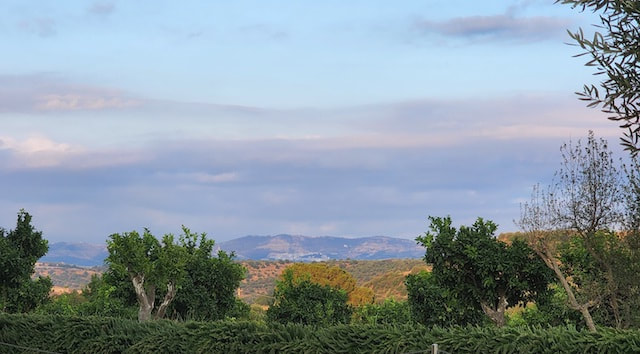
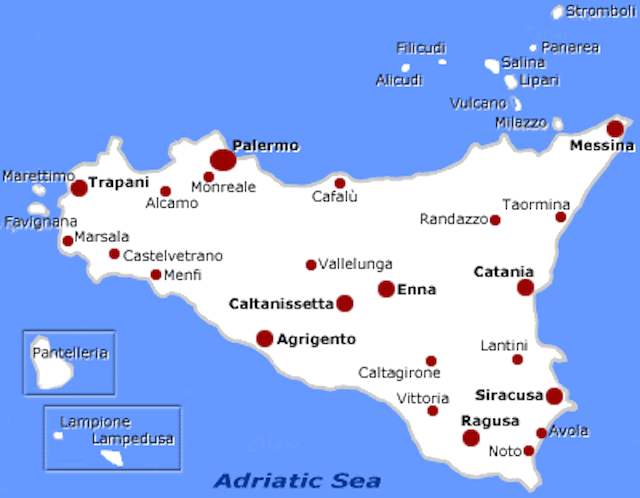
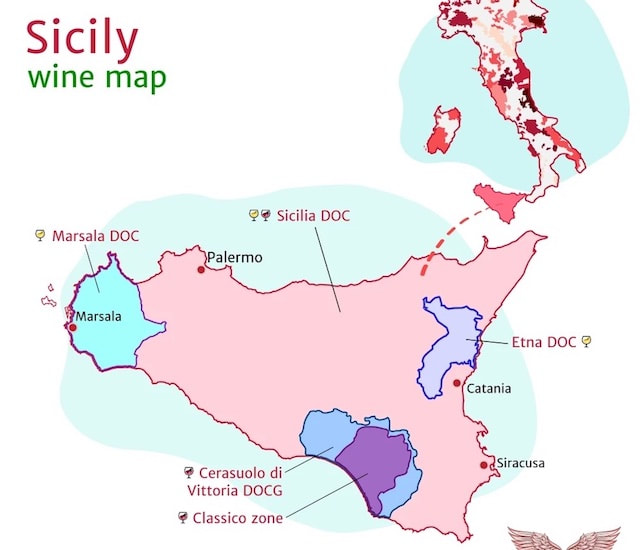
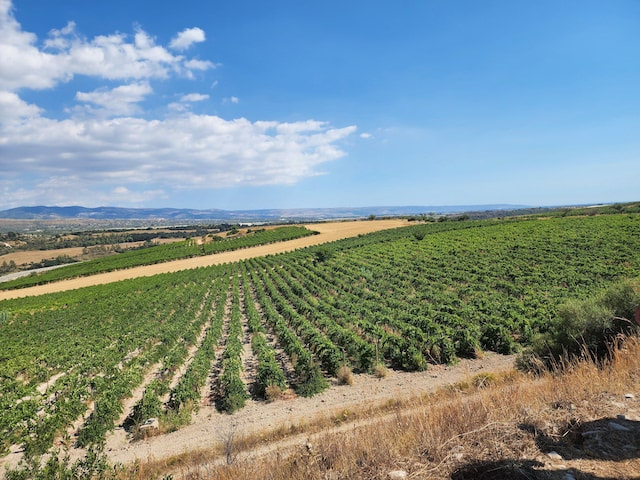
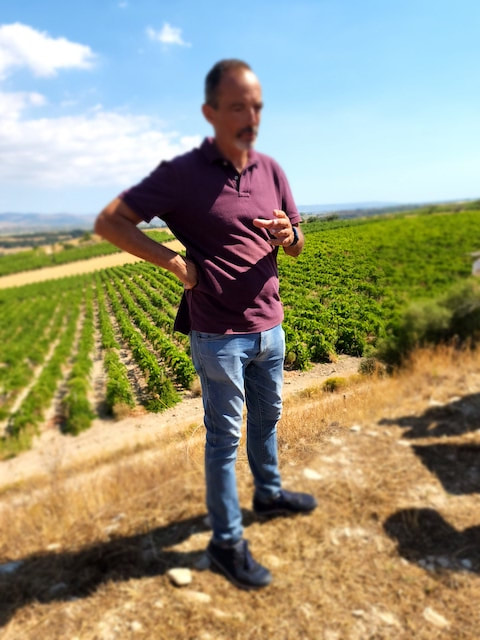
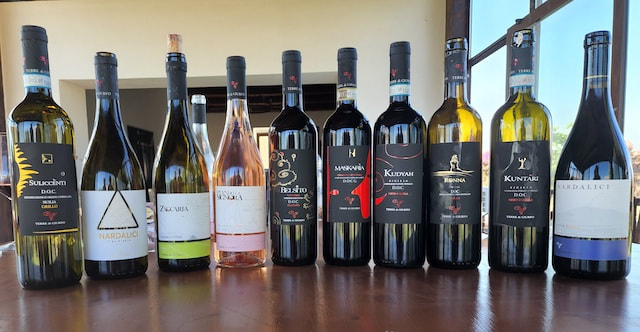
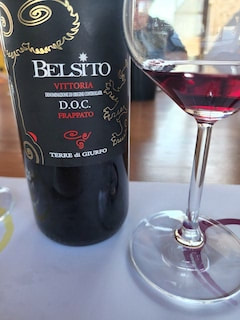
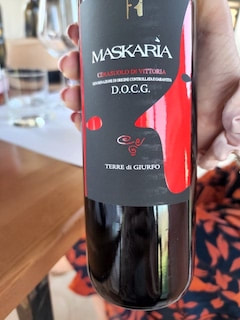
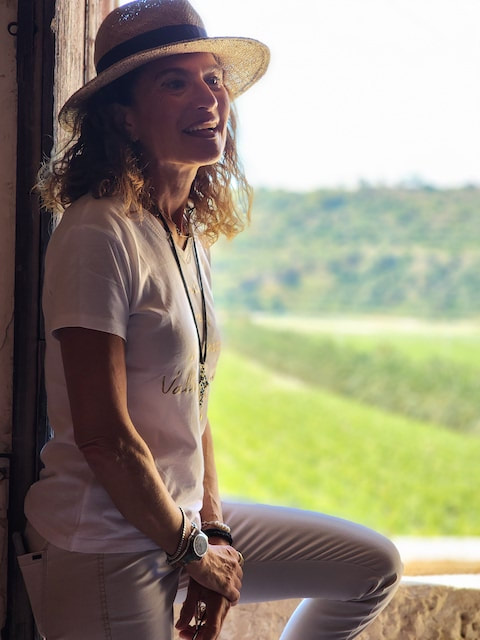
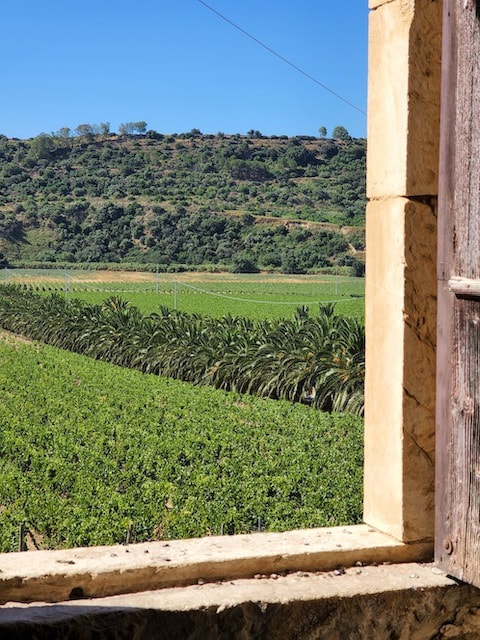
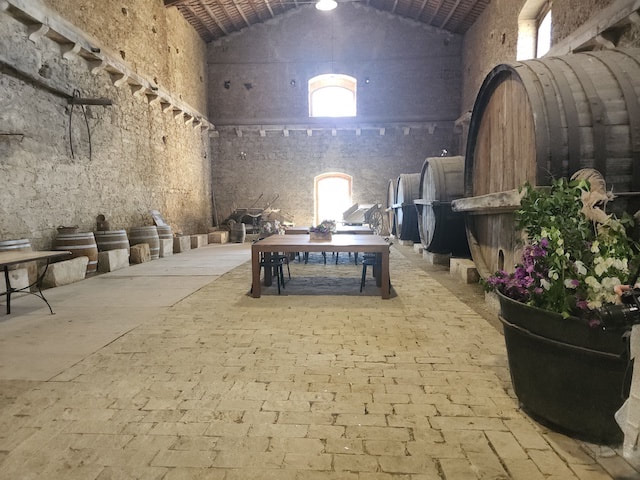
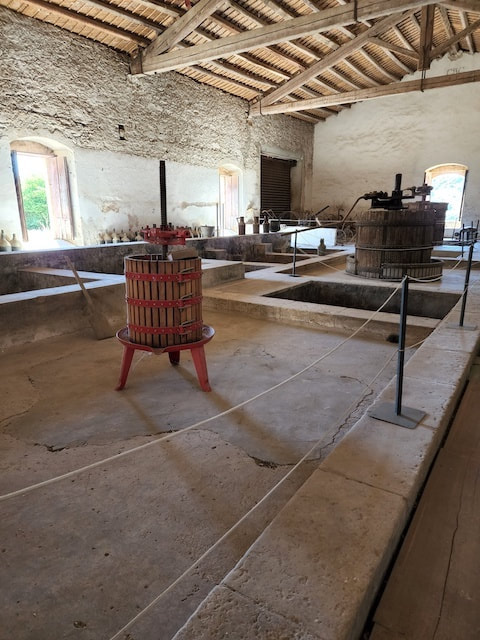
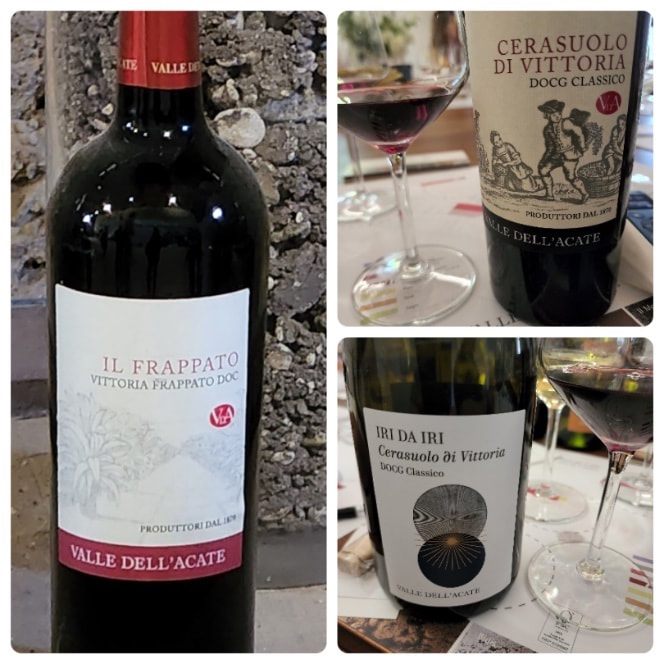
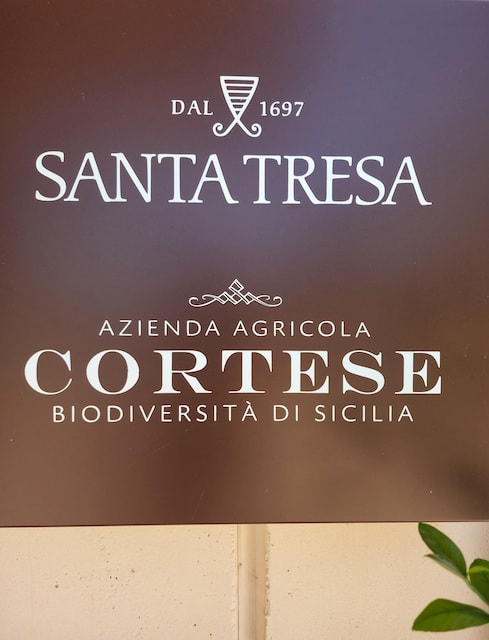
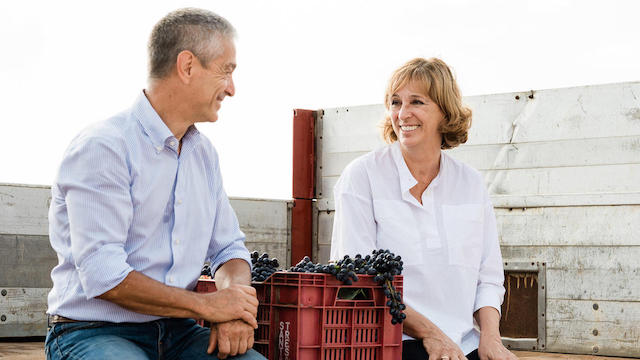
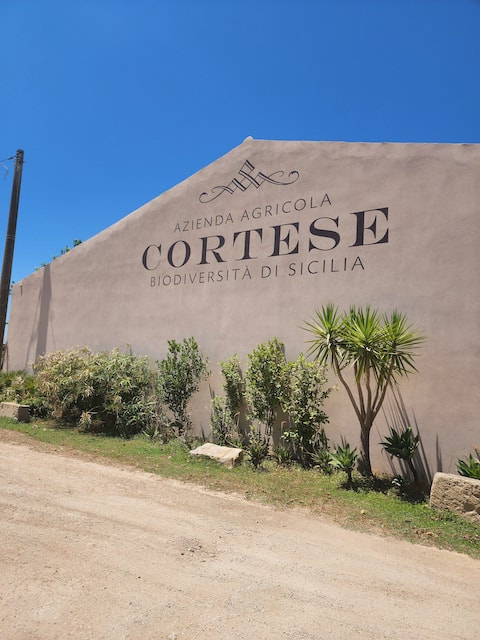
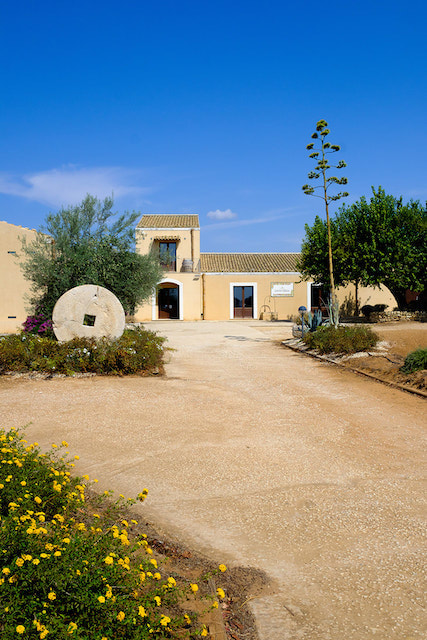
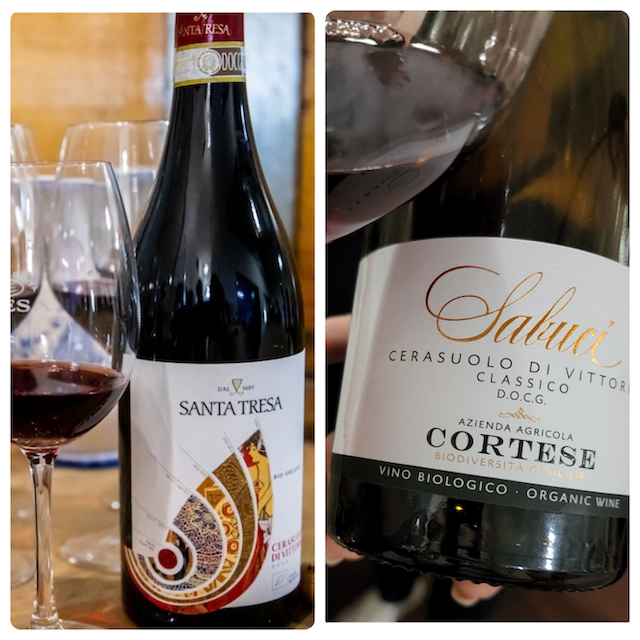
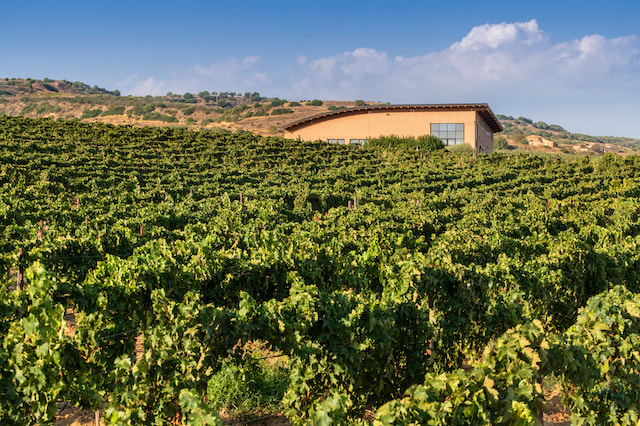
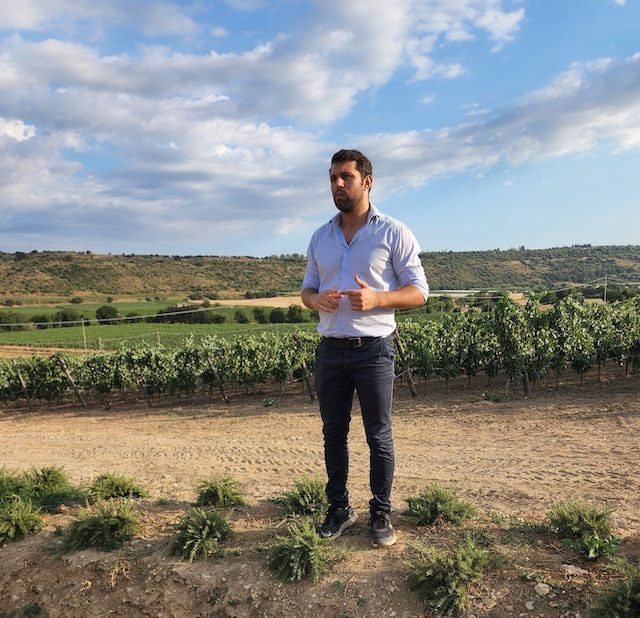
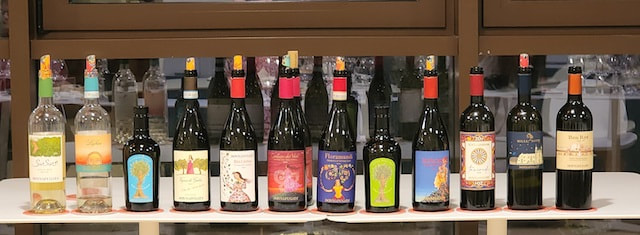
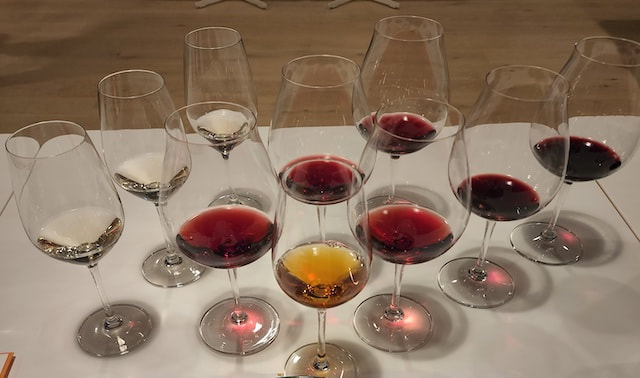
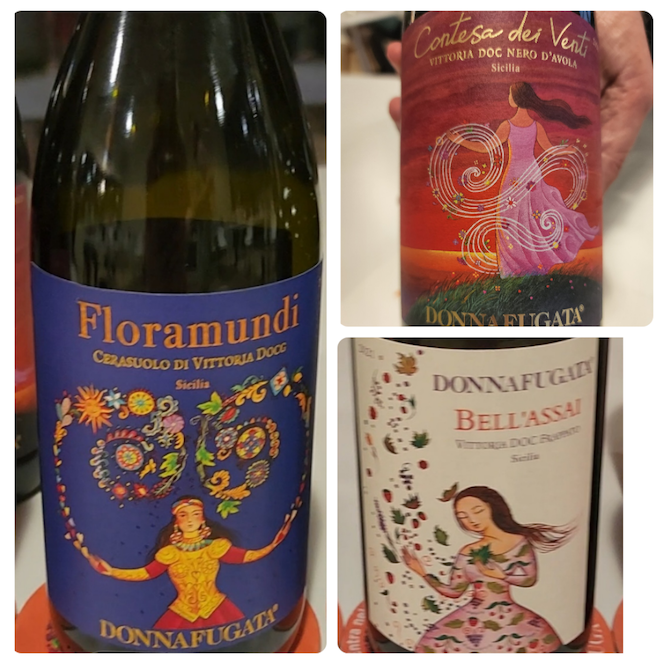
 RSS Feed
RSS Feed